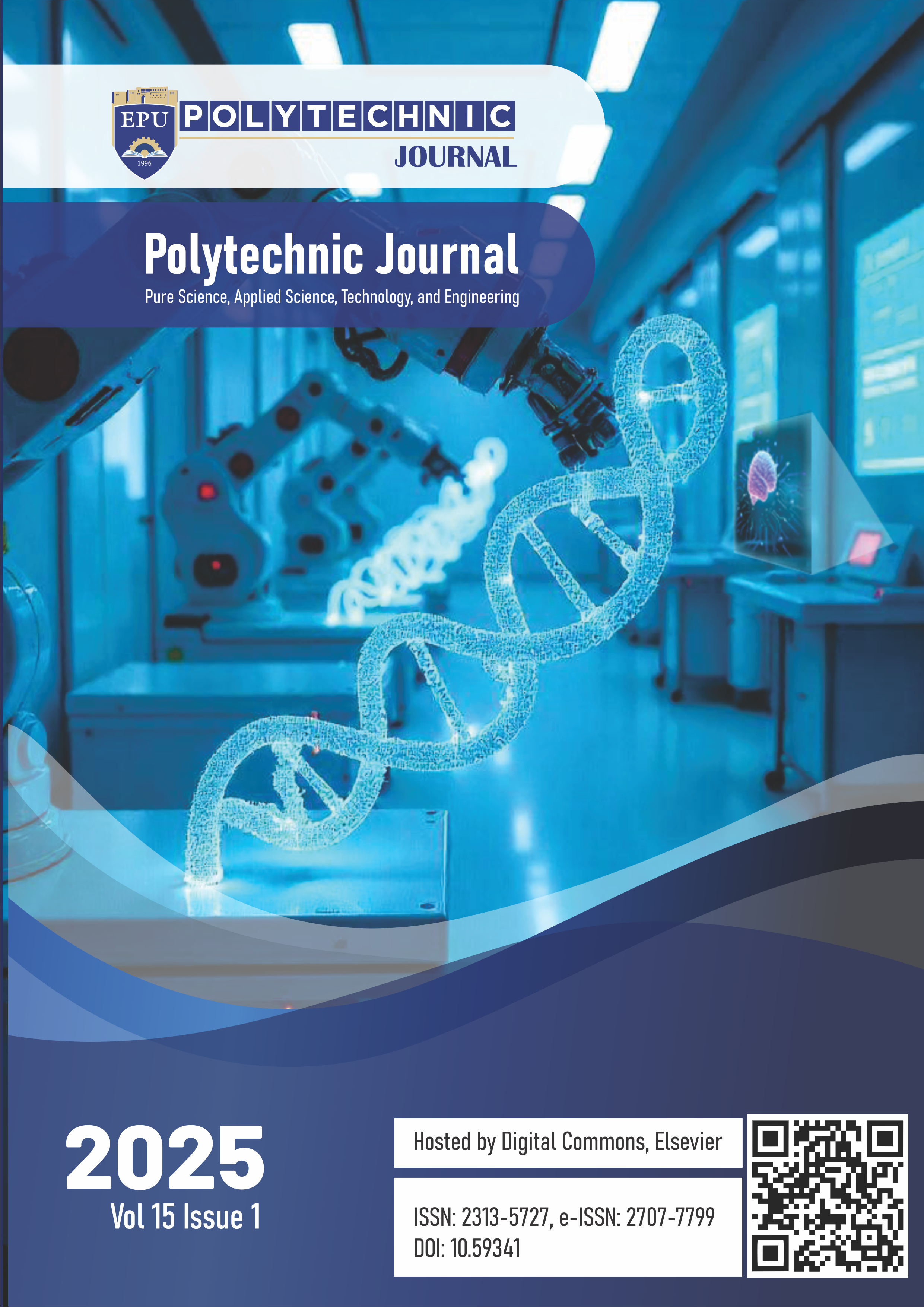Incorporation of XAI and Deep Learning in Biomedical Imaging: A Review
Keywords:
Explainable AI (XAI), Deep Neural Networks (DNN), Medical imaging, Disease diagnosis, Transparency in AIAbstract
Artificial Intelligence (AI) and Deep Learning (DL) technologies have revolutionized disease detection, particularly in
Medical Imaging (MI). While these technologies demonstrate outstanding performance in image classification, their
integration into clinical practice remains gradual. A significant challenge lies in the opacity of Deep Neural Network
(DNN) models, which provide predictions without explaining their structure. This lack of transparency poses severe
issues in the healthcare industry, as trust in automated technologies is critical for doctors, patients, and other stakeholders. Concerns about liability in autonomous car accidents are comparable to those associated with deep learning
applications in medical imaging. Errors such as false positives and false negatives can negatively affect patients' health.
Explainable Artificial Intelligence (XAI) tools aim to address these issues by offering understandable insights into
predictive models. These tools can enhance confidence in AI systems, accelerate the diagnostic process, and ensure
compliance with legal requirements. Driven by the motivation to advance technological applications, this work provides
a comprehensive review of Explainable AI (XAI) and Deep Learning (DL) techniques tailored for biomedical imaging
diagnostics. It examines the state-of-the-art methods, evaluates their clinical applicability, and highlights key challenges,
including interpretability, scalability, and integration into healthcare. Additionally, the review identifies emerging
trends and potential future directions in XAI research, offering a structured categorization of techniques based on their
suitability for diverse diagnostic tasks. These findings are invaluable for healthcare professionals seeking accurate and
reliable diagnostic support, policymakers addressing regulatory and ethical considerations, and AI developers aiming to
design systems that balance innovation, safety, and clinical transparency.

